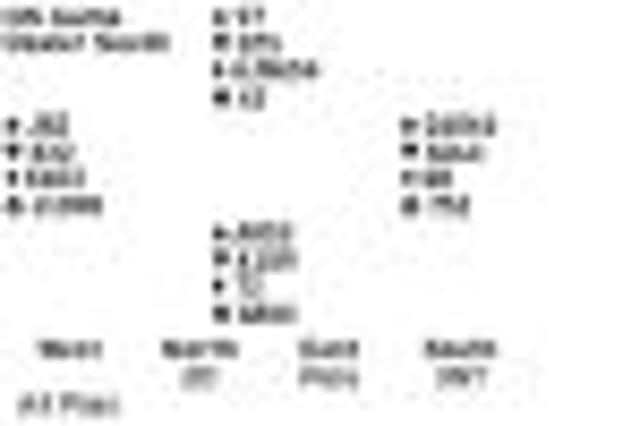Bridge - The Scotsman 27/03/13


It should be obvious that declarer must bring in the diamond suit for his contract. His normal play is low to the nine, hoping that West has the ten and one of the higher honours. Here, for example, the nine drives out the queen. Declarer wins the black suit return and leads towards dummy’s AJ654, covering whatever West plays from his remaining K10, and making five diamond tricks. East can prevent this by ducking his queen on the first round, restricting declarer to two diamond tricks. Unfortunately, with a second diamond trick in the bag, declarer can switch his attention to hearts and establish his ninth trick there.
Is the contract unbeatable? West gives declarer a losing option by playing a Second Hand High king of diamonds on the first round. If declarer wins the ace the diamonds are dead – East wins the second round and there is no entry to dummy. Perhaps declarer thinks that West has split his honours from KQx; he ducks the king of diamonds, then finesses the jack, losing to East’s bare queen and making no diamond tricks. The winning line is to duck the king, then fell the queen – would you do that? Make declarer guess, and he must guess wrong some of the time.